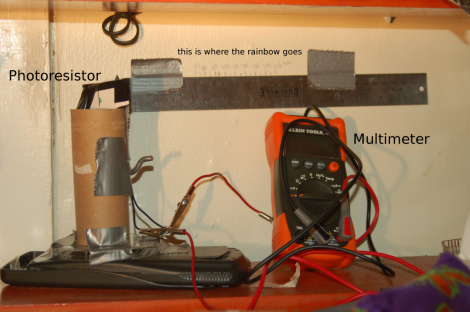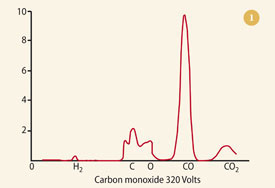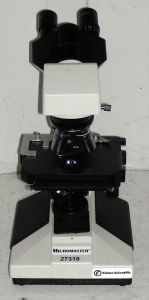 |
Infrared Spectroscopy- Chemical Composition and Identification of Polymers and Organic Compounds
FT-IR, Fourier Transform Infrared Spectroscopy, is an exceptional means for the profiling and screening of sample compounds. FT Infrared Spectroscopy testing is used to identify the chemical compounds in a wide range of products, including coatings, foods, paints, pharmaceuticals, consumer products, and polymers, to name a few. FT Infrared Spectroscopy is a useful analytical device for the detection of functional groups and describing covalent bonding data.
In addition, FT Infrared Spectroscopy testing is useful in the determination and identification of all kinds of inorganic and organic compounds, identification of compounds in mixtures, as well as chromatographic effluents, functional groups of organic materials, and the molecular makeup of surfaces. Other FT Infrared Spectroscopy testing applications include impurities screening, contamination identification, gas calibration, and both qualitative and quantitative scans. In other words, FT Infrared Spectroscopy is a robust real-time monitoring methodology for the quantification and detection of multiple compounds in a simultaneous manner.
Normally, FT Infrared Spectroscopy equipment and systems do not need to be calibrated. Calibration is not required due to the use of a standards library that includes calibrated infrared spectra stored on the hard disk drive of the system (or instrument) computer. Basically, the FT Infrared Spectroscopy testing system transmits an IR (infrared) beam of light through an area that is to be analyzed, then captures this beam after passing through the area and finally generates a full infrared spectrum of the light, resulting in the identification of the materials present and allows for the concentration to be identified.

















 (
(









